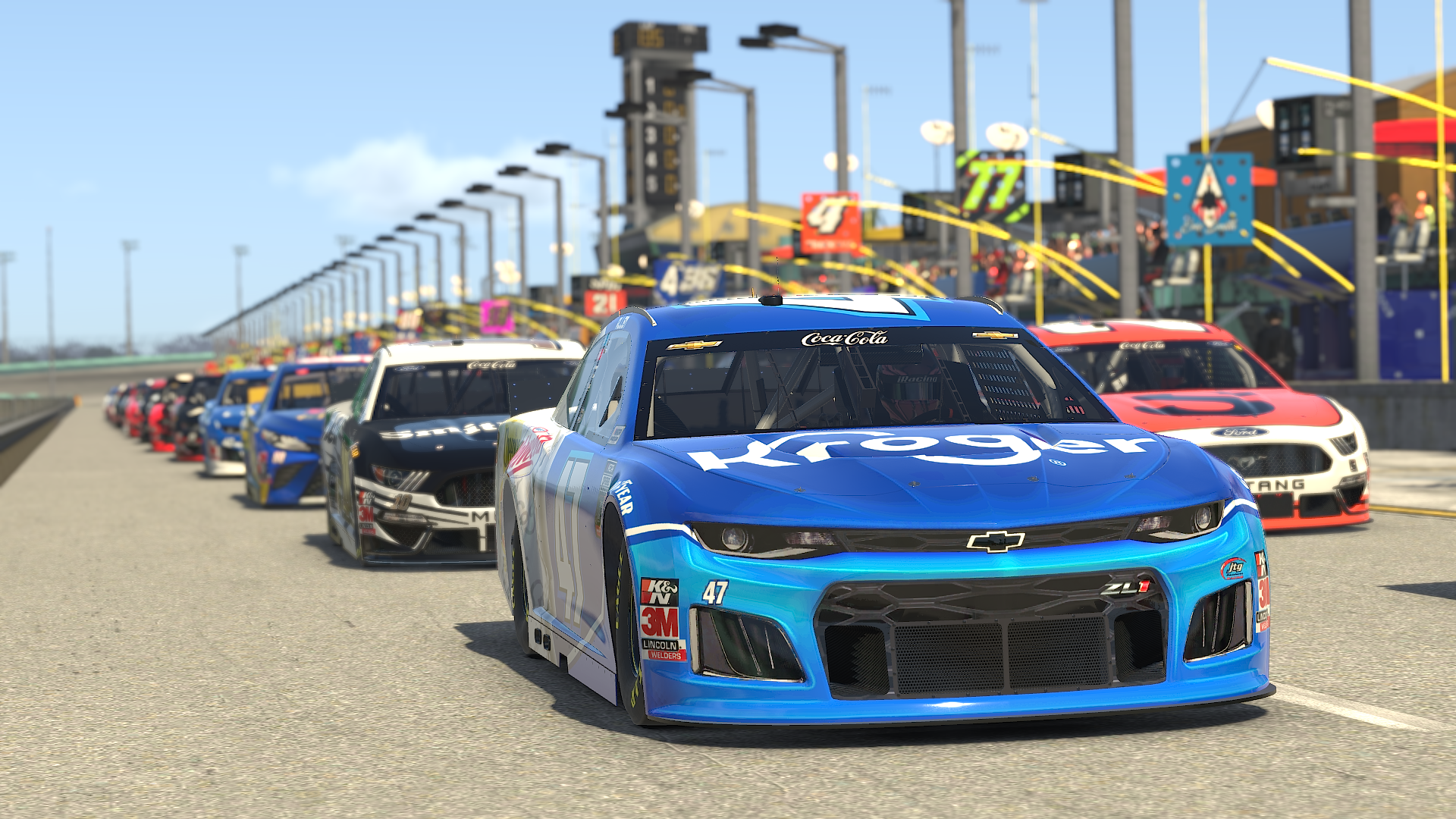- As the coronavirus pandemic puts sports and most of the rest of the world on hold, racing divisions like NASCAR and Formula One are moving races online with some of their big-name drivers.
- The races are exhibition only and won’t count for anything, but will be broadcast both online and on television.
- It’s an example of the rise of racing simulators, which realistically recreate cars and tracks online.
- Simulators have gotten so realistic, even, that drivers use them to train, and some even get their start on the computer.
- Visit Business Insider’s homepage for more stories.
Much of the world is at a halt due to the novel coronavirus, which has infected a reported 265,000 people worldwide. That includes sporting events and leagues, with everything from the Kentucky Derby to March Madness in a holding pattern or scrapped entirely.
But motorsports are in a position most person-to-person ones aren’t. They can be realistically simulated online, and that’s exactly what major divisions like NASCAR and Formula One are doing – along with some of their big-name drivers.

While both circuits are on hold indefinitely during the pandemic, they each scrambled together to bring viewers a replacement of sorts: online racing, but with many of the drivers who would be out on the track – giving the people who aren’t quite into esports yet but don’t have anything else to watch something to be invested in.
NASCAR announced on Tuesday that it would start an exhibition round called the eNASCAR Pro Invitational Series on iRacing, a realistic simulator that's been around since 2004, for big names to compete in during the lull. The opening race will be live on Fox Sports 1 on Sunday, complete with the network's broadcasters and top-level Cup Series champions Kyle Busch, Brad Keselowski, and Joey Logano in the race.

F1 went a similar route on Friday, announcing it would launch the F1 Esports Virtual Grand Prix with "a number of current F1 drivers" on the grid. The announcement didn't name anyone, but said the series will compete "strictly for entertainment purposes" in place of every postponed grand prix on Twitch, YouTube, and Facebook.
Drivers won't be sitting in front of a console with a simple game controller, either - F1 will use F1 2019 game, which drivers have said in the past has a similar feel to the real race cars. iRacing, which covers a broader spectrum of tracks and race cars, is realistic enough that many drivers use it to train.

The more realistic racing sims out there are also more than just games with pedals and a wheel attached to them. iRacing, for example, goes out and scans individual race tracks, uploads them, and has detailed models of how each car should interact with its surroundings based on things like the texture of the racing surface and damage sustained during the race.
One of the biggest simulator stories in professional motorsports is probably the career ascension of William Byron, who will be in the NASCAR exhibition race on Sunday.

Byron learned how to drive on iRacing after getting a simulator setup at age 13, and didn't get into a real race car until he was 15 - a decade after many who succeed in the sport do. He's now a full-time driver for powerhouse team Hendrick Motorsports in the Cup Series, and won the driver's championship in NASCAR's second-tier Xfinity Series during his rookie season in 2017. He was 19 at the time, or just six years removed from his first simulator race.
There are also programs like the Nissan GT Academy, which graduates drivers to real race cars based on their gaming skills. The academy once produced drivers too fast for the real-life competition they were entered in, and the game it uses, Gran Turismo, can be used to work toward a real racing license.
Basically, they're legit, even if many folks' perceptions of video games aren't quite there yet.

The coronavirus has hit motorsports as hard as most other things, with NASCAR provisionally postponing all of its races through May 3 and F1 doing the same through at least the start of June. F1 also canceled its biggest event of the year, the Monaco Grand Prix street race, marking the first time since 1954 that it won't be run.
Both will be in for a tough time with scheduling when things do resume to a quasi-normal state, too: NASCAR runs 36 Cup Series events per year, along with two other national touring series, and will have to squeeze in a big chunk of the schedule if it hopes to run all of its races. F1 didn't even get to begin its 22-race schedule, which, like NASCAR, normally ends in November.
But, if anything, there's now something to do to pass the time - for both the drivers and the rest of us.
